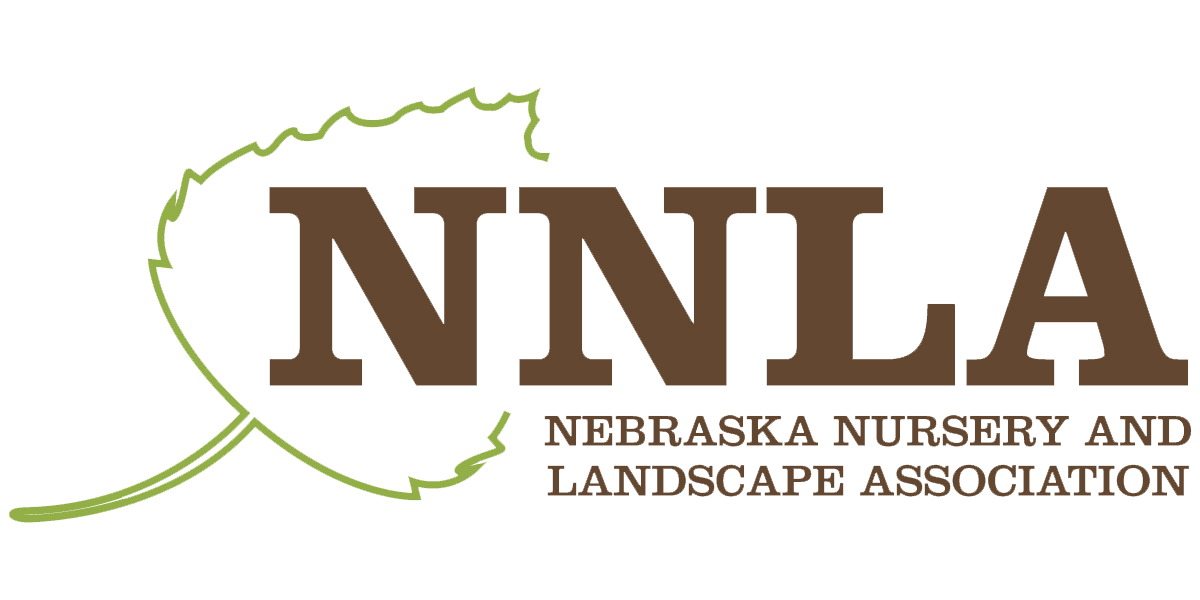Greatplants 2024
You voted and now we can announce the winners for the 2024 GreatPlants of the Year! The 2024 Plants of the Year are voted on 3 years in advance so the winners can be grown or ordered in due time.
Once again you have helped in choosing a great group of plants to promote planting more often in landscapes. As more people think about the benefits of native plants for living landscapes and locations to purchase those plants, it is good that almost all the GreatPlants winners are native or near native selections. The only reason a conifer was not native is because we don’t have any more native species to spotlight on the GreatPlants cumulative list. Oh well, the Japanese white pine is a worthy tree for those looking for a specimen conifer in a smaller space.
Thank you for your interest in GreatPlants and for voting! Happy planting!
AMELANCHIER CANADENSIS, SHADBLOW SERVICEBERRY
This is a relatively slow growing small tree, typically growing 15-20’ tall. In early spring it features showy, slightly fragrant, white flowers in drooping clusters which appear before the leaves emerge. In late spring the flowers give way to clusters of blueberry-size fruit, which turns red and finally mature to a dark purplish-black. This tree provides nectar for bees emerging early in spring and song birds that relish the fruit (so do people!). The attractive, oval leaves are finely toothed and change to a fiery orange-red in autumn. As a multi-stemmed tree it provides great habitat for nesting birds and shelter in winter. It’s also easy to grow in average, medium, well-drained soil in full sun to part shade.
PINUS PARVIFLORA, JAPANESE WHITE PINE
This is a dense, slow-growing evergreen with a smaller stature which makes it an excellent specimen for small landscapes or space restrictions. It develops into a 25 to 45-foot-tall, graceful, irregularly- shaped tree, with an equal or greater spread, and a broad, flattened canopy. The fine textured, bluish-green needles, come in bundles of 5, stiff and twisted as brush-like tufts on strong horizontal branches. It performs best in full sun and is relatively tolerant of most soils as long as they are well-drained.
SYMPHORICARPOS ALBUS, SNOWBERRY
This native deciduous shrub will sucker and spread somewhat to eventually form a dense thicket. Although not loud and showy, it creates a cohesive bridge between ornamental interest and wildlife value in the landscape. It has attractive, blueish-green foliage and dainty light pink clustered flowers in spring. The flowers might be tiny and not considered “significant,” but they attract a myriad of pollinating insects to sip their nectar. As the leaves finally drop in late fall to reveal the bare wiry stems, clusters of snowy white berries appear, drooping on the tips of branches. The showy fruit clusters often last from late fall into early winter. This shrub’s habit provides food for some animals and a home underneath for others.
AGASTACHE ‘BLUE FORTUNE’ HYSSOP
‘Blue Fortune’ is a European hybrid hyssop known for is vigor, cold hardiness, and adaptability to grow across the Great Plains. ‘Blue Fortune’ is a sterile hybrid, resulted from a cross between A. rugosa and our native A. foeniculum, bred and selected in Rotterdam, Netherlands. The powder blue flower spikes are highly attractive to bees and butterflies. The cultivar ‘Blue Fortune’ has gained the Royal Horticultural Society’s Award of Garden Merit. This 3-4’ high perennial has it all—easy to grow, attracts many bees and butterflies, an extended bloom time of more than 4 weeks, it’s deer and rabbit resistant, the fragrant foliage can be made into a tea, it’s good for containers and combines well with most any perennial and for mass plantings
ANDROPOGON GERARDII ‘RED OCTOBER’, BIG BLUESTEM
This cultivar was discovered as a seedling of Andropogon gerardii ‘Indian Warrior’ and introduced by Intrensic Perennial Gardens, Inc. of Hebron, Illinois. ‘Red October’ is primarily distinguished from the species by its slightly shorter height, deeper green summer foliage and brilliant scarlet red fall color. An excellent garden performer with a clumping form and upright habit. Leaves emerge deep green with red highlights in spring, remain green through much of the summer, change to purplish-red to purple by late summer and finally turn a vivid scarlet red after first fall frost. Burgundy red flowers bloom in August. Plants typically grow to 6’ tall.
Bob Henrickson, Horticulture Program Coordinator - Nebraska Statewide Arboretum UNL Keim 102, P.O. Box 830964, Lincoln, NE 68583-0964 Phone: 402/472-7855, Fax 472-2964, Email: rhenrickson2@unl.edu
